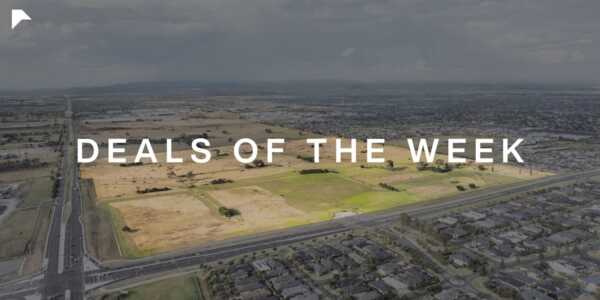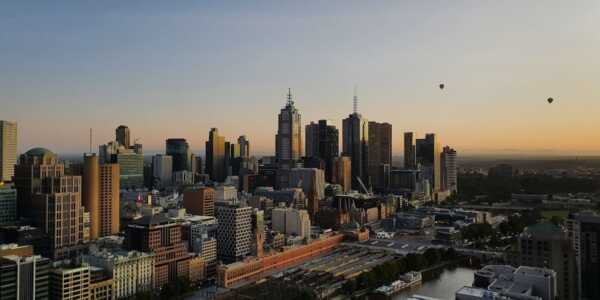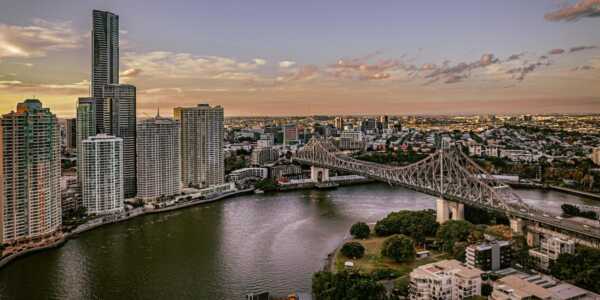The number of residential cranes in use at development sites across Australia has fallen over 10% from six months ago – the first decline in over three years.
The latest RLB Crane Index report has revealed the dip, but a deeper analysis uncovers it’s not reflective of a declining property development sector. The loss of residential crane use is being offset by an increase in commercial use.
A healthy rebalance has been secured by a growth in commercial projects such as hotels, aged-care, child care and other service developments. The national total of cranes, for the same six-month period, dipped by only one crane.
"Cranes will rise and fall but we're still seeing stability in the market," RLB Director Mr Ballesty commented "It's certainly encouraging that as the residential index is noticeably dipping the non-residential is noticeably increasing. And that's encouraging for the broader economy."
Ballesty notes that we’re likely to see a gradual transition from residential crane use to commercial projects, and this is representative of the market’s stability.
Sydney stable against Queensland concerns
Sydney’s projects best demonstrate this equality, where the number of residential cranes dropped by 45. Overall, Sydney’s total cranes fell by only four cranes.
On the flip side, Brisbane and the Gold Coast were hit much harder by the slow-down in residential projects. The Gold Coast’s total reduction was eight, where Brisbane slipped 18 cranes.
"What you see in Brisbane is a more dramatic decrease which is not being offset," Mr Ballesty said.
Industrial Property – a 2018 asset focus
2018 was predicted as a year for expanse in industrial property development. This asset class is set to reflect the increase in e-commerce and drive the need for quality logistic facilities in prominent locations.
"2018 will see continued strong demand from customers for good quality locations," says Greg Goodman, chief executive of Australia's biggest industrial developer, owner and manager, Goodman Group.
"Customers are looking for locations close to consumers and this will continue to drive demand in markets along the eastern seaboard, particularly in infill locations in Sydney and down the major motorways."
While demand for quality sites is increasing, investors are facing scarcity issues in assets available for purchase. Developers are also finding a shortage of suitable land on which to develop new assets.
Commercial Real Estate firm JLL, have experienced growth across the industrial property sector over the past 12-18 months, however are experiencing a slow-down of.
"This is due to the limited stock placed for sale rather than lack of investor appetite," says Michael Fenton, JLL's Australian head of industrial.
Cranes will rise and fall – the market goes on
There remains strong demand for commercial and industrial property development and this is helping to maintain stability in the overall property development market.
While developers can find solace in reports such as the RLB Crane index, the development industry is constantly evolving. This and other reports are not a definitive assessment as to the overall state of the market however serve as a guide to highlight how respective sectors of the construction industry are benchmarking.










